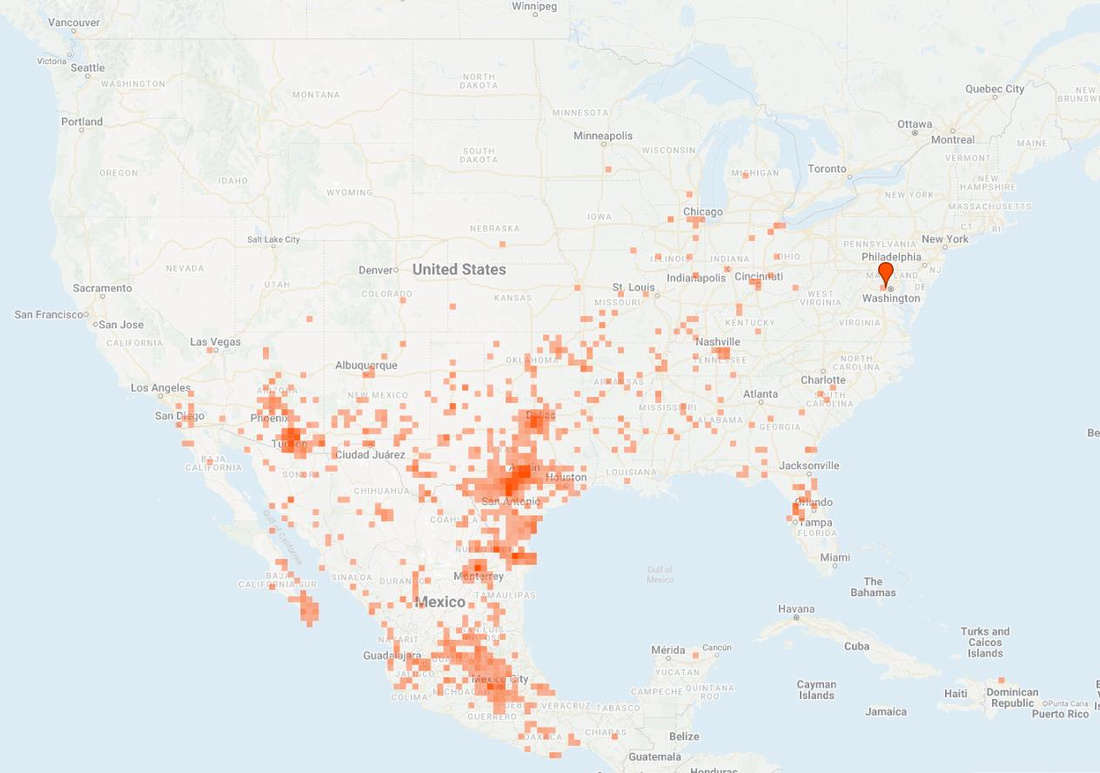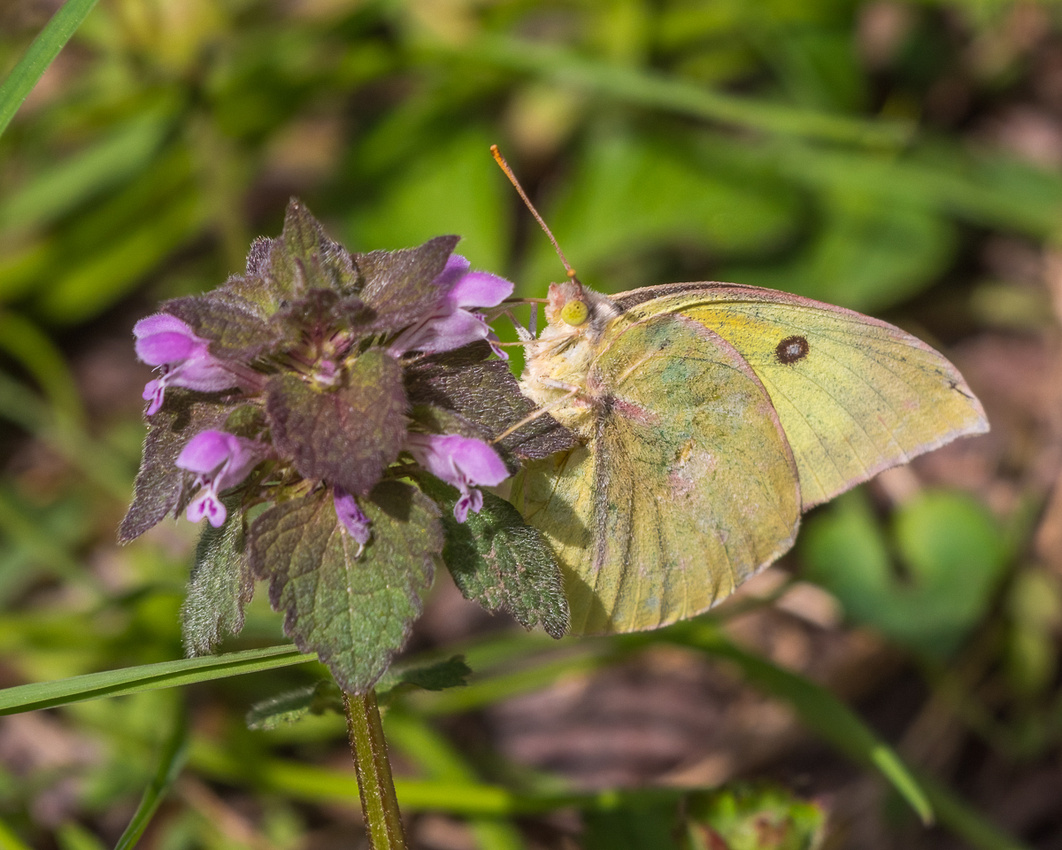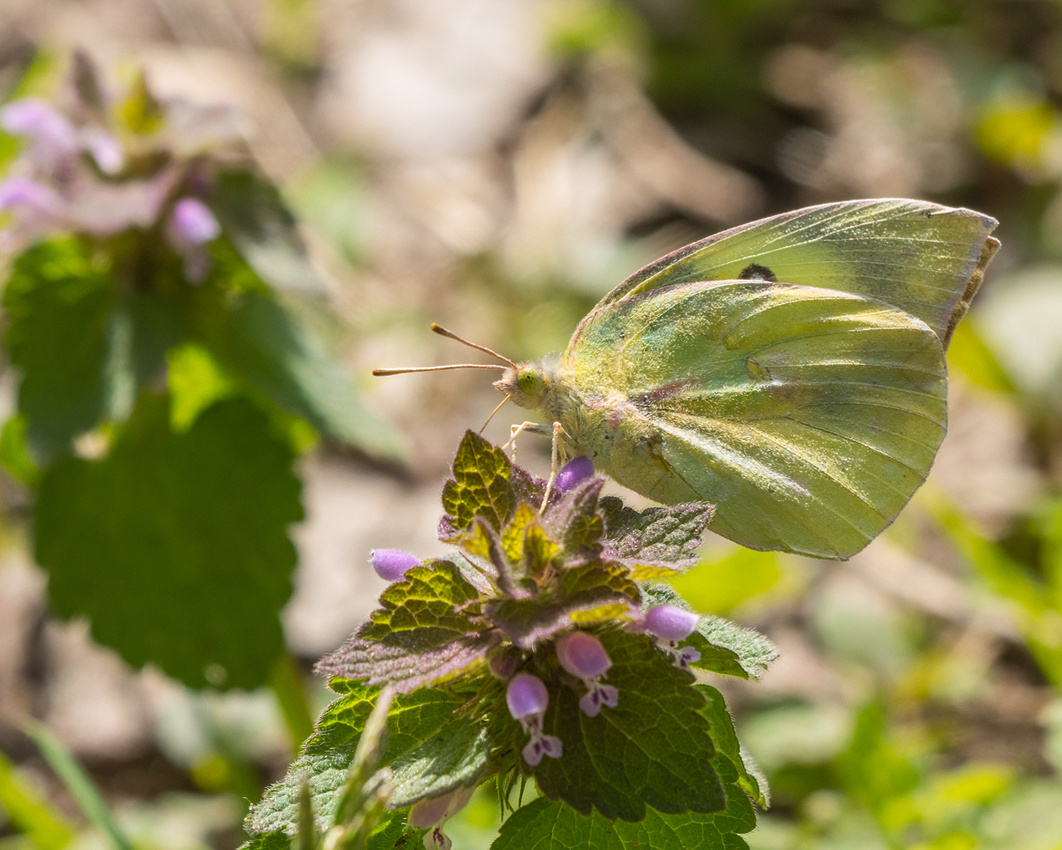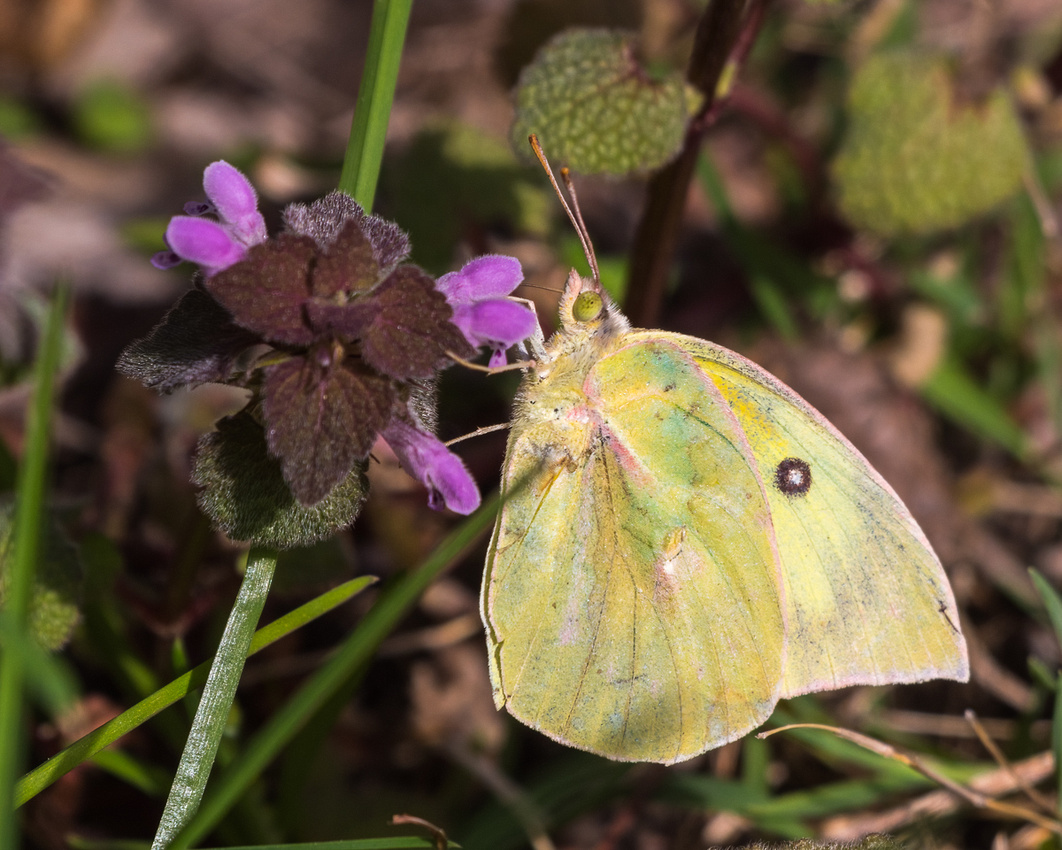Southern Dogface Butterfly – A Rare Sighting in Northern Virginia – April 14, 2022
One nice spring day when I was out with my camera I came across and photographed what I thought was a Clouded Sulphur butterfly. I was pleased to find it - one of the first butterflies I’d seen in 2022. After I returned home and edited my photos I posted the Clouded Sulphur on iNaturalist, a website that documents wildlife and foliage sightings worldwide. Other members verify observations and the data is available for researchers.
After I posted the observation, another iNaturalist member noted that my observation was a Southern Dogface – a butterfly very similar to a Clouded Sulphur but with a pattern on the upper side of its forewings that resembles a dogs face (see: https://en.wikipedia.org/wiki/Zerene_cesonia). The unusual thing about my sighting was that the Southern Dogface had never been sighted in Virginia and posted on iNaturalist. I checked other postings and sure enough, there were none in Virginia. The closest verified observation was 342 miles south – a little northeast of McBee, SC. Furthermore, my sighting did appear to be a Southern Dogface. The dog’s face was not very apparent but a pointed wingtip, another characteristic of the Southern Dogface (and different from the Clouded Sulphur), was obvious. Moreover, my observation looked identical to many other postings. I also checked The BugGuide and Butterflies and Moths of North America. There were none in Virginia on The BugGuide site and a five on Butterflies and Moths of North America but none with photos – the most recent being from 2014 south of Cape Charles in southern Virginia. Below is a map of the range of the Southern Dogface in North America and Mexico (source: iNaturalist). The teardrop shows the location of my verified sighting relative to all the others - clearly off the beaten path.
 Southern Dogface butterfly range in the USA and Mexico. Teardrop locates my observation. Source: iNaturalist
Southern Dogface butterfly range in the USA and Mexico. Teardrop locates my observation. Source: iNaturalist
My three photos of the Southern Dogface
 Southern Dogface nectaring on Purple Dead Nettle - by pathway south of Lirio Ct
Southern Dogface nectaring on Purple Dead Nettle - by pathway south of Lirio Ct
 Another of the Southern Dogface
Another of the Southern Dogface
 A 3rd of the Southern Dogface
A 3rd of the Southern Dogface
Comments
|
January
February
(4)
March (4)
(1)
April (1)
(1)
May (1)
June
July
August
September
October
(1)
November (1)
December
|
January
February
March
April
May
June
July
August
September
October
November
December
|
January
February
March
April
May
June
July
August
September
October
November
December
|
January
February
March
April
May
June
July
August
September
October
November
December
|
January
February
March
April
May
June
July
August
September
October
November
December
|
January
February
March
April
May
June
July
August
September
October
November
December
|
January
February
March
April
May
June
July
August
September
October
November
December
|
January
February
March
April
May
June
July
August
September
October
November
December
|